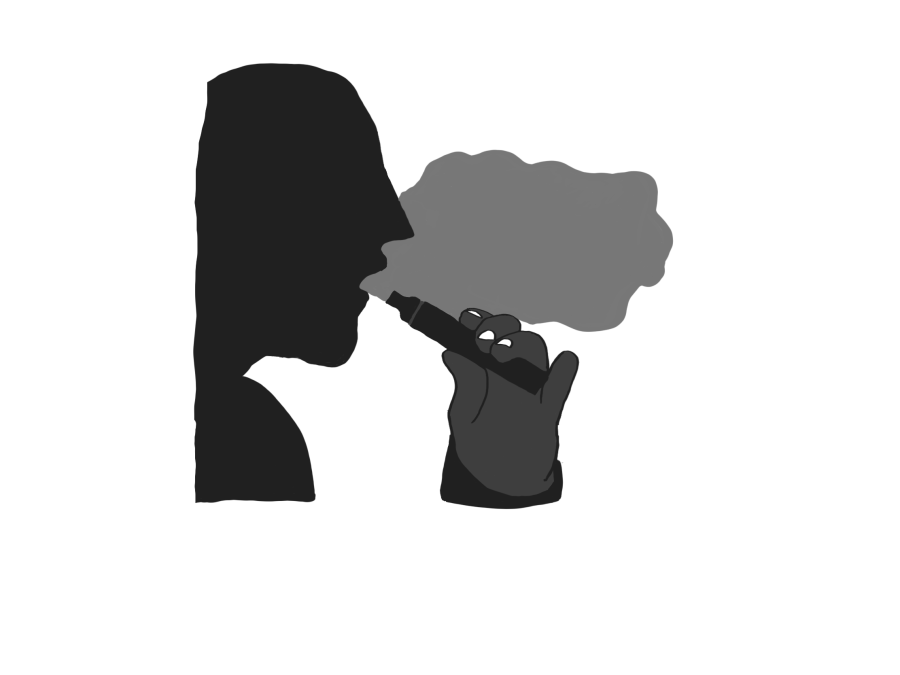Don’t smoke.”
Those words rang dryly through the Performing Arts Center my freshman year. My classmates and I had been told to fill the seats of the theater that day for an anti-vape campaign, but none of us were really listening.
Body heat was not enough to replace the uncomfortable cold air blasting through the vents as we all reluctantly entered the auditorium. After debating if we should even attend, my friend mentioned that at least it was a free period of no work, which was appealing enough for us to take our seats.
I remember nearly nothing from the presentation that day other than slide after slide after slide of different reasons for why smoking was bad. Every presenter seemed to say if students knew the negative effects of smoking, they would stop.
What they failed to realize was that many of us sitting there in that auditorium had already reached the point of addiction.
When students are unable to see the immediate effects of smoking, a common mentality becomes, “Well as long as I don’t do it that much.”
As long as I don’t smoke to an extent to get lung cancer, to be hospitalized for it, or be addicted to it. These consequences are serious and as teenagers we realize that, but they are all things that will potentially happen eventually.
To allow students to fairly take responsibility for themselves, they should be given the opportunity to be aware of the immediate physical effects of smoking that would affect teenage lives.
From an adultery perspective, long term effects of smoking can sound fatal, but from a younger person’s perspective, without physical experience or immediate effect, it is hard to take the concern seriously.
It was only recently that I learned that smoking contributes to premature aging of the skin. Although this topic seems irrelevant compared to cancer for example, appearance is one of the biggest values held by teenage society. Who wants to have wrinkly skin? Not me please, another insecurity to worry about is not preferred.
Furthermore, visually seeing the negative effects instead of hearing of one that is assumed to happen in decades would give students time to consider the information they are given and act upon it with their own responsibility.
The educational reforms will be effective to some degree, but it is still important to remember that glorification of smoking still exists in cinema and in the media which teenagers can become inspired by. As teenagers transition to high school, the normalization of smoking may also affect the teenagers decision making.
After these factors begin to play a role, it becomes impossible to prevent teenagers from experimenting with smoking. The discouragement from adults and educators help immensely and should always be continued, but adults must also see all perspectives when they take the safety of minors into consideration.
A few weeks ago, I saw a continual stream of reposts on Facebook about a parent who said a nearby smoke shop was selling to minors. Those who liked and shared the post wanted what any concerned person would want: to shut the store down.
The reality is though, if smoke shops are shut down, already addicted teenagers will result in buying illegally from strangers which is far more dangerous. .
While I understand the concern for teenagers who smoke, attempting to shut smoking out of teenage society is not a realistic goal because it is too deeply implemented in our culture – teenage smoking has always been a part of culture.
A smarter alternative solution is to educate teenagers about the physical dangers of smoking and vaping so when they are exposed to smoking in high school, they can make a more credible and responsible decision.
It’s been two years since I sat down in the performing arts center to have an educational meeting about smoking. I’ve realized since then that as a teenager, the least attractive consequences are not the most dangerous, but the most immediate.



